The "unreasonable" usefulness of CTBTO data for disaster warning and science
Following the meeting’s credo of the “unreasonable effectiveness of the scientific enterprise”, the CTBTO symposium is titled the “Unreasonable Usefulness of Test-Ban Verification for Disaster Warning and Science”. Participants at the conference are also welcome to visit the CTBTO’s booth (#901 in Hall C) to learn more about the organization’s work.
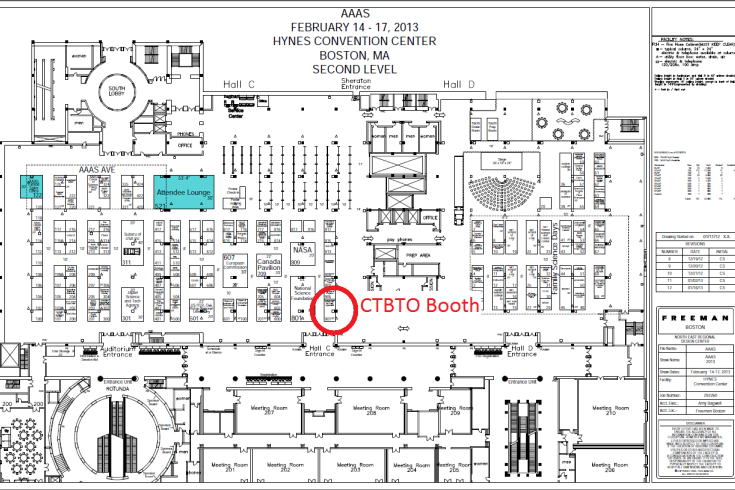
CTBTO Sound Quiz
In the face of the tragic events, the CTBTO quickly provided the international community with accurate and objective information on the composition and dispersion of radionuclides worldwide.
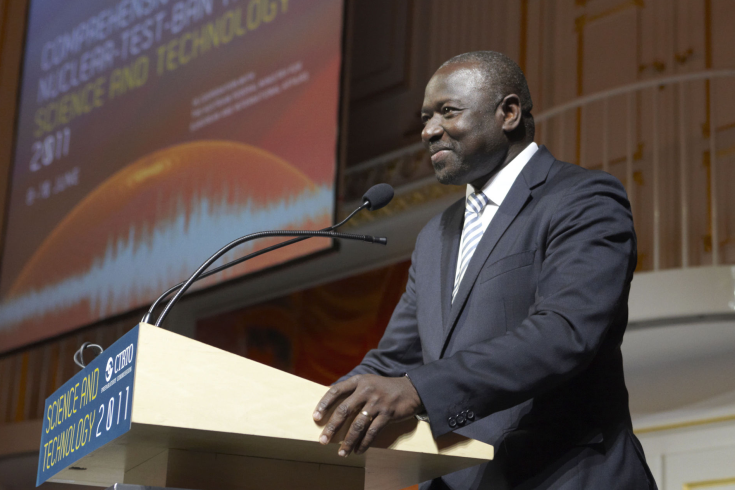
Lassina Zerbo, Project Executive for the Science and Technology Conferences in both 2011 and 2013
The Beneficial Partnership between the Earth Sciences and Nuclear Detection
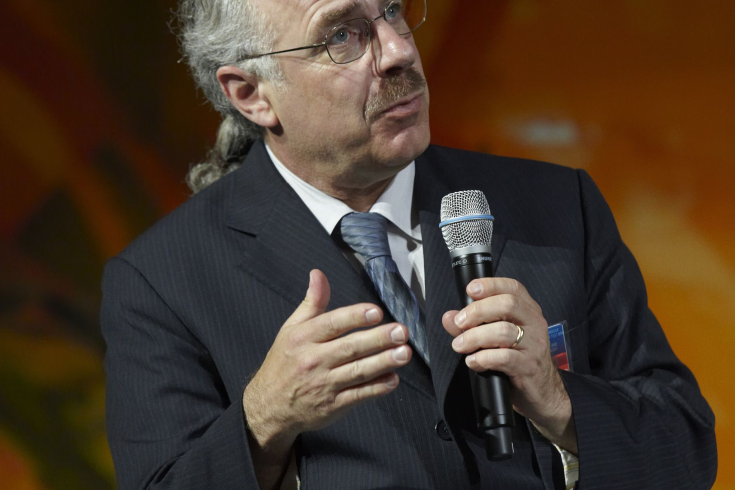
Raymond Jeanloz moderated the opening session at the Science and Technology 2011 Conference.
Key Ingredients for Innovation
David Strangway, President and Founding Chancellor, Quest University, and former Chief, NASA’s Geophysics Branch. Strangway spoke about how landing a man on the moon in 1969 led to remarkable scientific breakthroughs in areas ranging from the origins of the solar system to how the Earth is changing. The innovation was a result of the interaction between the original demand to put a man on the moon and the supply of basic and applied science. Similarly, the demand by countries to set up a verification system to monitor the globe for clandestine nuclear explosions has played a significant role in helping scientists to understand the distribution of earthquakes and the changing boundaries of the tectonic plates that make up the Earth’s crust. This interaction of demand and supply-driven innovations has produced extraordinary scientific breakthroughs. View Strangway's presentatio (PDF)
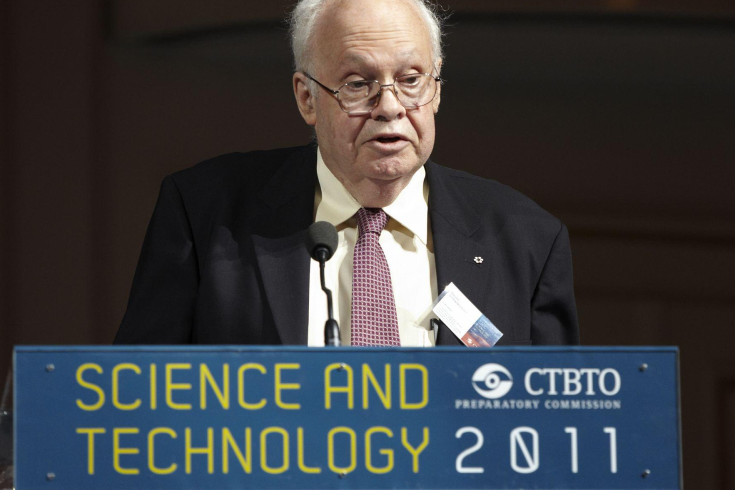
David Strangway was one of the keynote speakers at the Science and Technology 2011 Conference.
Inside Planet Earth
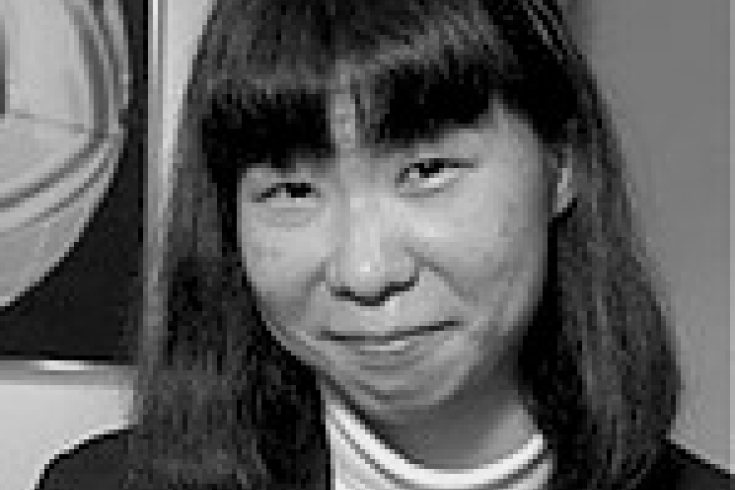
Miaki Ishii, Associate Professor of Earth and Planetary Sciences at Harvard University
Join the next scientific pilgrimage to Vienna
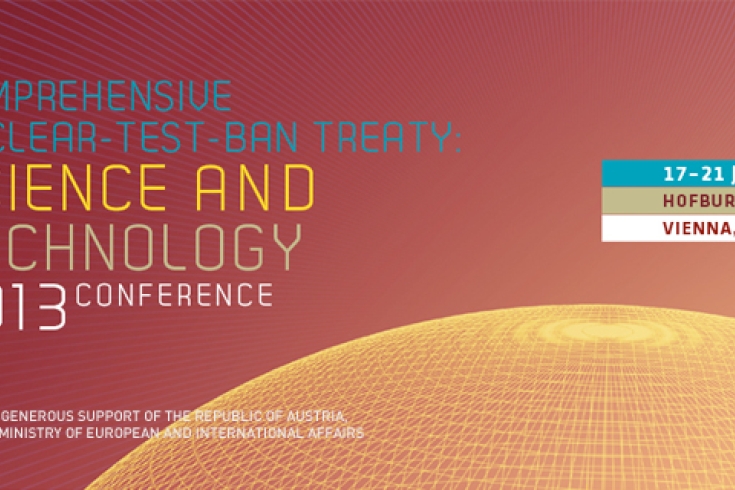
7 Mar 2013